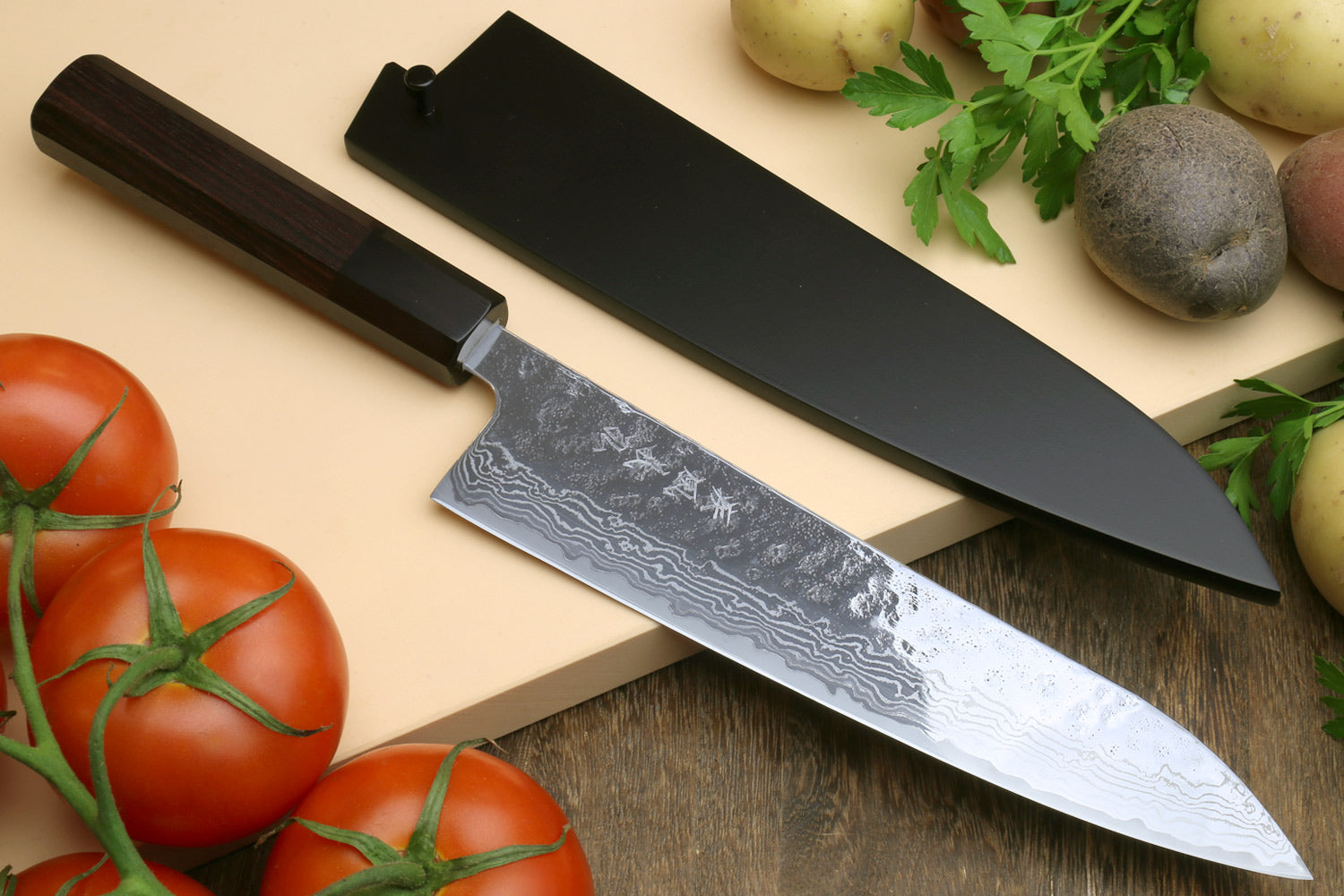For kitchen professionals seeking to elevate their culinary tools, understanding the allure and craftsmanship behind custom Damascus patterns is essential. These intricate and unique patterns not only enhance the aesthetic appeal of kitchen knives but also contribute to their performance and durability. As blade designers and knife artisans experiment with materials and techniques, the variety of available patterns continues to grow, offering chefs not just a tool, but a piece of art.
The craft of forging custom Damascus patterns has a rich history, dating back to the times when the oldest knives were made from what is believed to be mysterious Damascus steel. This technique has been employed for centuries, from ancient swords to modern gourmet knives. And for those immersed in the culinary arts, the choice to incorporate these stunning patterns into their kitchen tools can make all the difference in cooking performance.

The Fascination with Damascus Steel
The term Damascus steel refers broadly to patterns in forged steel, achieved through repeated heating and welding of different grades of steel and iron. This joint process provides every knife surface an instantly recognizable, wavy design. The primary custom Damascus patterns create a perfect blend of beauty and utility, making them highly desired among chefs and collectors alike.
Understanding the significance behind the intricate patterns lies in both its historical context and contemporary uses. Compared to regular knives, those created from Damascus steel are not only durable but renowned for having exceptionally sharp edges. The prized steel of ancient warriors has evolved into the must-have kitchen material for professionals today.
Popular Custom Damascus Patterns
Ladder Pattern
Among the most sought-after custom Damascus patterns is the ladder pattern. This pattern is recognized for its parallel, ladder-like lines running across the blade. Crafting a knife with this design involves precise forging and etching techniques, allowing chefs to have a sturdy and efficient tool. To delve deeper into how this pattern enhances knives, visit the ladder pattern Damascus knife blog.
Feather Pattern
The feather pattern is another exquisite choice for chefs who appreciate detailed artistry. This delicate design consists of soft, feather-like waves, which offer both aesthetic beauty and a high-performance edge. The creation process requires significant skill, where artisans strategically manipulate the steel layers to form the feather-like features. For more on these stunning designs, explore the feather Damascus knife post.
Mosaic Pattern
The intricate artwork of the mosaic Damascus pattern is a true testament to the artisan's craft. Each blade crafted with this design is a unique representation, as the pattern can be customized into various forms, including stars, flowers, or geometric shapes. This pattern provides not just a tool but a conversation piece in any professional kitchen. For those interested in its craft, visit our mosaic Damascus knife guide.
Combining Artistry and Functionality
For culinary professionals, knives are not merely tools but extensions of their culinary expertise. Opting for custom Damascus patterns allows chefs to express their personal style and enhance their kitchen's toolkit's functionality.
The balance of aesthetic and practical excellence in these knives ensures that chefs can tackle any ingredient with ease and precision, maintaining their knife's sharpness and reliability under pressure. Adopting these knives can enhance any professional kitchen's arsenal.

FAQs on Custom Damascus Patterns
Can Damascus steel patterns affect the performance of a knife?
Yes, the patterns often indicate the layered style of the steel used, providing both strength and durability, exceptional for professional kitchen requirements.
How should I maintain a Damascus steel knife?
Always hand wash and dry your Damascus steel knives immediately after use to maintain their beauty and sharpness.
Are custom Damascus patterns purely decorative?
No, while they add aesthetic value, these patterns can significantly enhance the performance of your tools due to the meticulous crafting technique.
For those seeking in-depth knowledge of the Damascus steel origins, visiting sources, such as HowStuffWorks, can provide further insight into how these remarkable patterns were first crafted.
This article contains affiliate links. We may earn a commission at no extra cost to you.


























